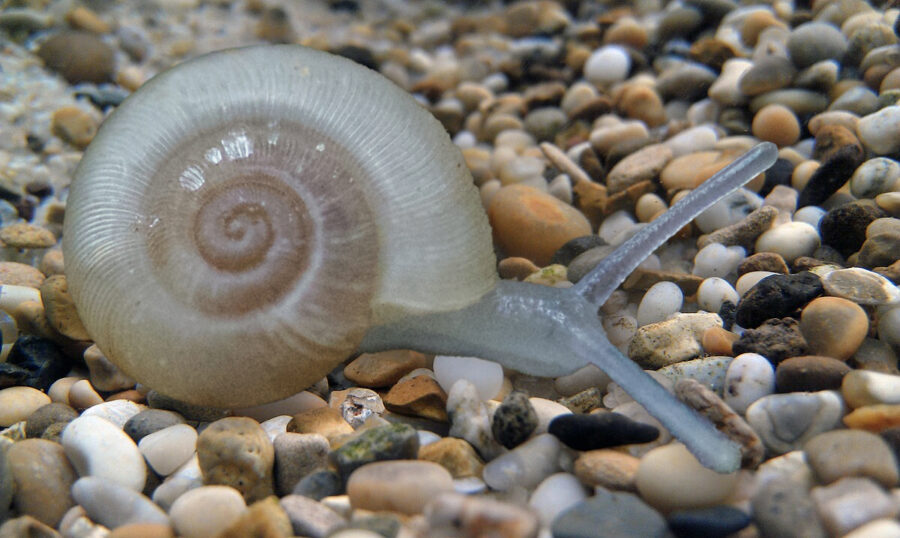- Zoology
- Daily Critter Facts
- For Teachers
- Study Guides
- Diseases & Parasites
- Contact

Deep within the annals of natural history lies a creature that has captivated the imaginations of scientists and enthusiasts alike: the ammonite snail. These enigmatic mollusks, with their spiral shells reminiscent of a coiled ammonite, hold within them a wealth of evolutionary secrets and ancient tales. Join us on a journey through time as we uncover the mysteries of this remarkable creature.
Evolutionary Marvels
The ammonite snail, scientifically known as the Planorbidae family, traces its lineage back millions of years. Fossil records indicate that these snails have existed since the Paleozoic Era, surviving through multiple mass extinction events with remarkable resilience. Their evolution offers a window into the ever-changing landscapes of our planet and the adaptive strategies that have enabled survival against all odds.
Habitat and Ecology
Ammonite Snails are predominantly aquatic creatures, inhabiting freshwater bodies such as lakes, ponds, and slow-moving streams. Their spiral shells aid in buoyancy control and protection against predators, while their voracious appetite for algae contributes to the delicate balance of aquatic ecosystems. Despite their diminutive size, these snails play a significant role in nutrient cycling and maintaining water quality.
Cultural Significance
Throughout history, the spiral form of the ammonite snail has inspired awe and wonder in human societies. Ancient civilizations revered ammonite fossils as symbols of strength and transformation, often associating them with mythical creatures and cosmic forces. Today, these fossils remain coveted artifacts among collectors and serve as reminders of our planet’s rich geological past.
Conservation Concerns
Despite their resilience, ammonite snails face numerous threats in the modern world. Habitat destruction, pollution, and invasive species pose significant challenges to their survival. As stewards of the environment, it is incumbent upon us to protect these ancient creatures and the ecosystems they inhabit. Conservation efforts, including habitat restoration and public awareness campaigns, are crucial for ensuring the continued existence of the ammonite snail and other vulnerable species.
Conclusion
The story of the ammonite snail is one of resilience, adaptation, and interconnectedness. From their ancient origins to their present-day struggles, these remarkable creatures embody the intricate web of life that sustains our planet. By understanding and appreciating the significance of the ammonite snail, we gain valuable insights into our shared natural heritage and the importance of conservation for future generations.
Guest author/writer: Joshua Onyango
